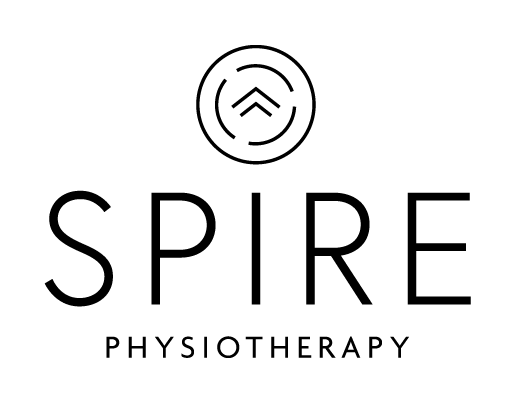WHAT IS FASCIA?
Fascia is a web-like network of tissue that surrounds and infuses every part of the body including our muscles, bones, organs, nerves, and blood vessels. It is called connective tissue because it connects all our body’s systems together, provides structure and support, and holds everything in place.
There are 3 main layers of fascia within the body. First is the superficial fascia. This layer lies just beneath the skin and contains mostly fat, nerve endings and blood vessels. Second is the deep fascia. This layer is often tougher and tighter. It contains muscle, ligaments, tendons, bone, blood vessels, and nerves. Third is the visceral fascia. This layer lines the body’s cavities, organs, and encases the central nervous system and brain.
Specifically, the deep fascia that surrounds and wraps around muscle tissue is called myofascia. It is very strong and pliable and has the ability to change viscosity. This is important because it must stretch and compress to allow for our muscles to move. Healthy fascia is more fluid and allows for smooth movement between tissues. When fascia is in a more viscous state it can cause tissues to stick together. This will cause the fascia to lose its pliability. It will become tight and restricted causing potential tension throughout the area. When this occurs, we call it a myofascial restriction. The reason these myofascial restrictions can be painful is because structures in the surrounding area are being pulled on and compressed which stimulates our pain receptors.
In Massage Therapy, myofascial release techniques aim to regain structural balance by reorganizing, rehydrating, and lengthening the fascia. This is achieved by applying a gentle sustained pressure into the myofascial restriction. The pressure applied to the area creates heat and energy build up, increasing the fluidity of the fascia. When the pressure is sustained, it causes a stress on the tissue stimulating the healing process and the sensory receptors, telling the fascia to release. When the fascia lengthens it creates more space allowing for greater flexibility and ease of movement. Some of these techniques are done manually by the Massage Therapist, but you can also use specific tools such as cupping.
While myofascial release techniques are beneficial, they may not always be relaxing. During the treatment, some people may experience a burning sensation in the area, a build-up of heat, or a sense of pulling on the skin. It is also possible to experience pain or discomfort during the treatment or several hours after the treatment before you start to see improvement. Like any treatment, it is important for your Massage Therapist to explain this treatment option and ensure you have consented to this technique.
If you are interested in myofascial treatment, please discuss it with your Spire Therapist first to ensure it is right for you!
References
Barnes, J. F. (1990). Myofascial release John F. Barnes Technique. In Myofascial Release John F. Barnes Technique.




